Jaguar F-Type Coupe (2014-2024) boot space, practicality and safety
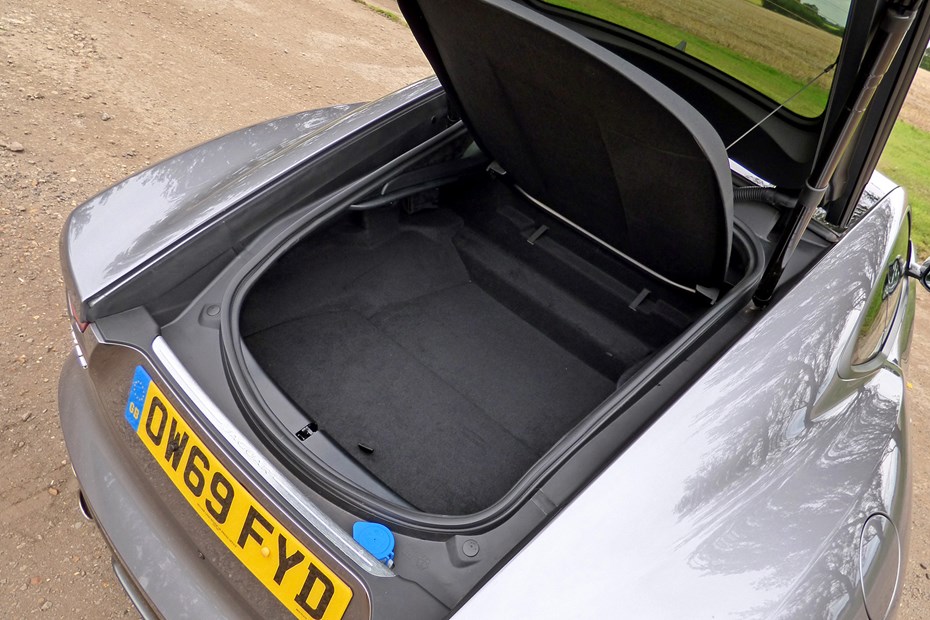
- Acceptable space for two
- Practicality is not its forte
- Pack lightly for best results
How much space is there?
In traditional Jaguar style, the two-seater cabin is snugly comfy rather than generously spacious. Sports cars aren’t supposed to be paragons of practicality, but the two-seater Jaguar F-Type’s cabin is fine for most people, if a touch snug if you’re taller than average. Larger occupants will struggle to slide the seats far enough back to liberate sufficient legroom and headroom isn’t great. A Porsche 911 is better here and most models have four seats, too.
Accessing the F-Type can also be tricky in tight confines, thanks to a combination of the wide doors and very low seating position. Once you’re in, the majority will find it comfortable.
Boot space and storage
Open the F-Type Coupe’s long-but-slender tailgate – electrical assistance is standard on the R 75 but optional on other trims – and you’re greeted with a similarly narrow-and-shallow boot. Jaguar claims it’ll swallow 310 litres of luggage, but you’re going to have to pack the squashiest of bags to comply with the dimensions available.
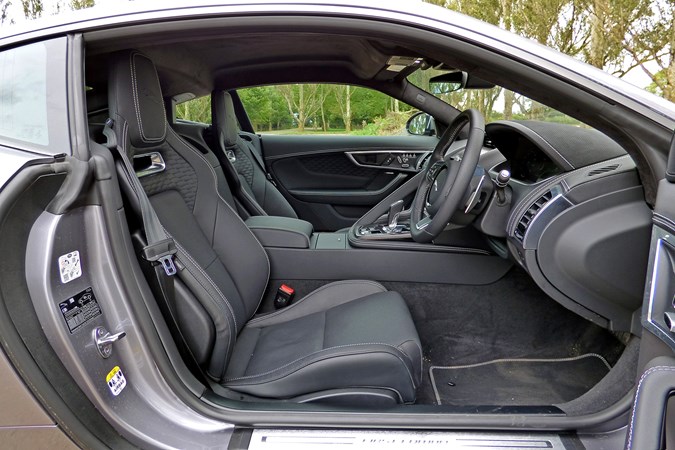
Of course, with no rear seats to fold over, the only way it can be increased is to remove the parcel shelf and fill the additional wedge-shaped triangular space up to the glass, bringing capacity up to 408 litres.
Two obvious downsides here: firstly you’ve then got no rearward visibility save for the door mirrors and secondly everything in the boot is potentially visible. The solution? Pack light. There’s not a huge amount of space to pack away your in-car detritus either, although the cupholders are decently sized.
Is it easy to park?
It’s compact enough to not be posed too many issues in urban areas or car parks, with parking sensors and a reversing camera on hand to give you further assistance. A surround-view camera isn’t available, but park assist is optional.
Safety
- Unlikely to be tested by Euro NCAP
- Should be a safe choice based on other Jaguars’ scores
- AWD models have additional traction
Although the F-Type hasn’t been specifically crash-tested by the experts at Euro NCAP – nor is it likely to be – Jaguar’s saloon offerings of the XE and XF, which also use similar aluminium construction were both rated as five-star cars by the organisation.
In terms of safety equipment, the F-Type’s well kitted-out with the following as standard:
- Six airbags
- Sensors for pedestrian contact
- Front and rear parking sensors
- Reversing camera
- Blindspot warning
- Lane-keeping assist
- Self-parking system
- Driver drowsiness monitor
- AWD on P450 and P575 models
In fact, the only significant piece of optional safety equipment is the Rear Traffic Monitor, useful if you regularly reverse out of driveways or parking bays.
Euro NCAP rating
Ratings for this model not available

Equipment and options
- ABS
- Driver`s airbag
- Heated mirrors
- Parking sensors
- PAS
- Passenger`s airbag
- Sat Nav
- Side airbags
- Steering wheel rake adjustment
- Steering wheel reach adjustment
- Alarm
- Alloy wheels
- Audio remote
- Climate control
- Electric driver`s seat
- Electric mirrors
- Electric passenger`s seat
- Front electric windows
- Headlight washers
- Height adjustable drivers seat
- Leather seat trim
- Lumbar support
- Partial leather seat trim
- Remote locking
- Body coloured bumpers
- CD
- Cruise control
- DVD
- Heated seats
- Alarm
- Alloy wheels
- Audio remote
- Body coloured bumpers
- Climate control
- Cruise control
- Electric driver`s seat
- Electric mirrors
- Electric passenger`s seat
- Front electric windows
- Headlight washers
- Height adjustable drivers seat
- Leather seat trim
- Lumbar support
- Metallic Paint
- Remote locking
- n/a
- Alarm
- Alloy wheels
- Audio remote
- Climate control
- Cruise control
- Electric driver`s seat
- Electric mirrors
- Electric passenger`s seat
- Front electric windows
- Headlight washers
- Height adjustable drivers seat
- Leather seat trim
- Lumbar support
- Remote locking
- n/a
- Alarm
- Alloy wheels
- Audio remote
- Cruise control
- Electric driver`s seat
- Electric mirrors
- Electric passenger`s seat
- Front electric windows
- Headlight washers
- Height adjustable drivers seat
- Leather seat trim
- Lumbar support
- Metallic Paint
- Remote locking
- n/a
- Alarm
- Alloy wheels
- Audio remote
- Body coloured bumpers
- Climate control
- Cruise control
- Electric driver`s seat
- Electric mirrors
- Electric passenger`s seat
- Front electric windows
- Headlight washers
- Height adjustable drivers seat
- Lumbar support
- Partial leather seat trim
- Remote locking
- CD
- DVD
- Heated seats
- Leather seat trim
- Alarm
- Alloy wheels
- Audio remote
- Body coloured bumpers
- Climate control
- Cruise control
- Electric driver`s seat
- Electric mirrors
- Electric passenger`s seat
- Front electric windows
- Headlight washers
- Height adjustable drivers seat
- Leather seat trim
- Lumbar support
- Metallic Paint
- Remote locking
- CD
- DVD
- Alloy wheels
- Climate control
- Cruise control
- Electric driver`s seat
- Electric passenger`s seat
- Height adjustable drivers seat
- Leather seat trim
- Alarm
- Audio remote
- Body coloured bumpers
- Electric mirrors
- Front electric windows
- Headlight washers
- Heated seats
- Lumbar support
- Partial leather seat trim
- Remote locking
- Sports seats
- Alarm
- Alloy wheels
- Audio remote
- Climate control
- Cruise control
- Electric driver`s seat
- Electric mirrors
- Electric passenger`s seat
- Front electric windows
- Headlight washers
- Height adjustable drivers seat
- Leather seat trim
- Lumbar support
- Remote locking
- Body coloured bumpers
- Heated seats
- Partial leather seat trim
- Sports seats
- Alarm
- Alloy wheels
- Audio remote
- Climate control
- Cruise control
- Electric driver`s seat
- Electric mirrors
- Electric passenger`s seat
- Front electric windows
- Headlight washers
- Height adjustable drivers seat
- Leather seat trim
- Lumbar support
- Remote locking
- Sports seats
- Body coloured bumpers
- Heated seats
- Metallic Paint
- Partial leather seat trim
- Alarm
- Alloy wheels
- Audio remote
- Climate control
- Cruise control
- Electric driver`s seat
- Electric mirrors
- Electric passenger`s seat
- Front electric windows
- Headlight washers
- Height adjustable drivers seat
- Leather seat trim
- Lumbar support
- Partial leather seat trim
- Remote locking
- Sports seats
- Body coloured bumpers
- Heated seats
- Metallic Paint
- Alarm
- Alloy wheels
- Audio remote
- Climate control
- Cruise control
- Electric driver`s seat
- Electric mirrors
- Electric passenger`s seat
- Front electric windows
- Headlight washers
- Height adjustable drivers seat
- Leather seat trim
- Lumbar support
- Metallic Paint
- Remote locking
- n/a
- Alarm
- Alloy wheels
- Audio remote
- Cruise control
- Electric driver`s seat
- Electric mirrors
- Electric passenger`s seat
- Front electric windows
- Headlight washers
- Height adjustable drivers seat
- Leather seat trim
- Lumbar support
- Metallic Paint
- Remote locking
- n/a
- Alarm
- Alloy wheels
- Audio remote
- Climate control
- Cruise control
- Electric driver`s seat
- Electric mirrors
- Electric passenger`s seat
- Front electric windows
- Headlight washers
- Height adjustable drivers seat
- Leather seat trim
- Lumbar support
- Partial leather seat trim
- Remote locking
- Body coloured bumpers
- Heated seats
- Sports seats
- Alarm
- Alloy wheels
- Audio remote
- Climate control
- Cruise control
- Electric driver`s seat
- Electric mirrors
- Electric passenger`s seat
- Front electric windows
- Headlight washers
- Height adjustable drivers seat
- Leather seat trim
- Lumbar support
- Metallic Paint
- Remote locking
- n/a
- Alarm
- Alloy wheels
- Audio remote
- Body coloured bumpers
- Climate control
- Cruise control
- Electric driver`s seat
- Electric mirrors
- Electric passenger`s seat
- Front electric windows
- Headlight washers
- Height adjustable drivers seat
- Lumbar support
- Partial leather seat trim
- Remote locking
- Heated seats
- Leather seat trim
- Sports seats
- Alarm
- Alloy wheels
- Audio remote
- Cruise control
- Electric driver`s seat
- Electric mirrors
- Electric passenger`s seat
- Front electric windows
- Headlight washers
- Heated seats
- Height adjustable drivers seat
- Leather seat trim
- Lumbar support
- Metallic Paint
- Partial leather seat trim
- Remote locking
- Sports seats
- n/a
- Alarm
- Alloy wheels
- Audio remote
- Climate control
- Cruise control
- Electric mirrors
- Front electric windows
- Headlight washers
- Heated seats
- Lumbar support
- Partial leather seat trim
- Remote locking
- Sports seats
- Body coloured bumpers
- Electric driver`s seat
- Electric passenger`s seat
- Height adjustable drivers seat
- Leather seat trim
- Alarm
- Alloy wheels
- Audio remote
- Body coloured bumpers
- CD
- Climate control
- Cruise control
- DVD
- Electric driver`s seat
- Electric mirrors
- Electric passenger`s seat
- Front electric windows
- Headlight washers
- Height adjustable drivers seat
- Leather seat trim
- Lumbar support
- Remote locking
- n/a
- Alarm
- Alloy wheels
- Audio remote
- Body coloured bumpers
- Climate control
- Cruise control
- Electric driver`s seat
- Electric mirrors
- Electric passenger`s seat
- Front electric windows
- Headlight washers
- Height adjustable drivers seat
- Leather seat trim
- Lumbar support
- Metallic Paint
- Remote locking
- n/a
- Alarm
- Audio remote
- Cruise control
- Electric driver`s seat
- Electric mirrors
- Electric passenger`s seat
- Front electric windows
- Headlight washers
- Height adjustable drivers seat
- Leather seat trim
- Lumbar support
- Remote locking
- Alloy wheels
- Climate control
- Metallic Paint
Dimensions
| Length | 4470mm - 4482mm |
|---|---|
| Width | 2042mm |
| Height | 1311mm |


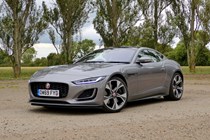
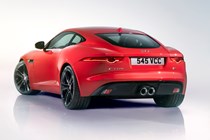
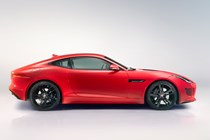
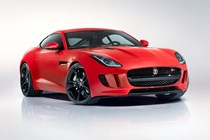
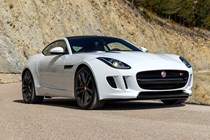
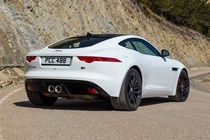
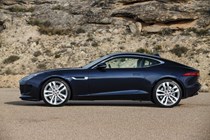
.jpg)
.jpg)
.jpg)
.jpg)
.jpg)
.jpg)
.jpg)
.jpg)
.jpg)
.jpg)
.jpg)
.jpg)
.jpg)
.jpg)
.jpg)
.jpg)
.jpg)
.jpg)
.jpg)
.jpg)
.jpg)
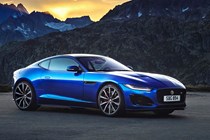
.jpg)
.jpg)

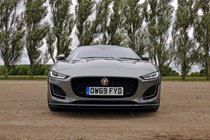
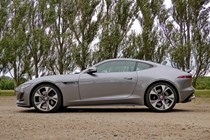
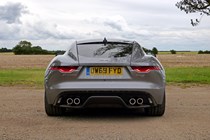
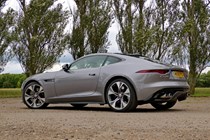
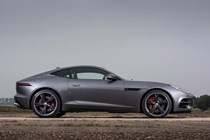
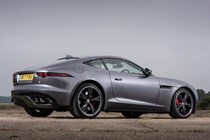
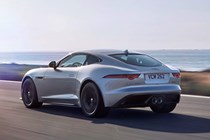
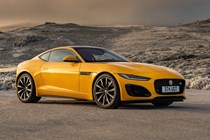
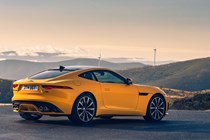
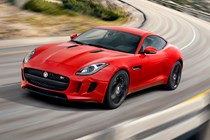
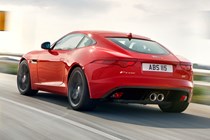
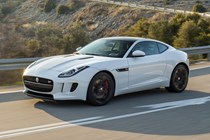
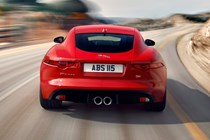
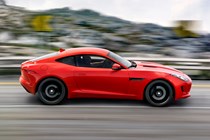
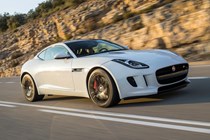
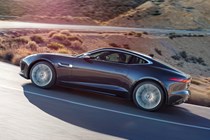
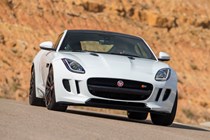
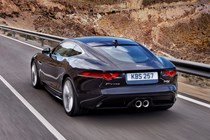
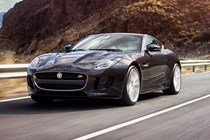
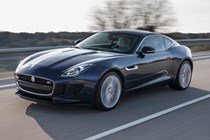
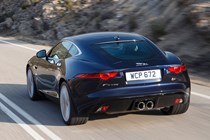
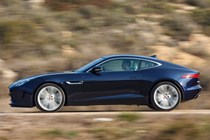
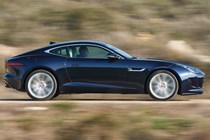
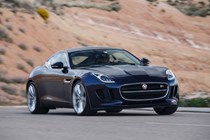
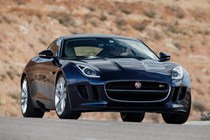
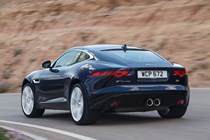
.jpg)
.jpg)
.jpg)
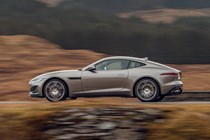
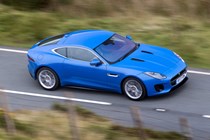
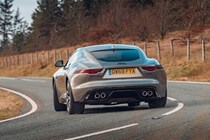
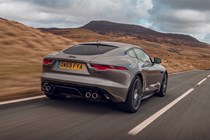

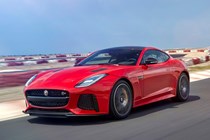
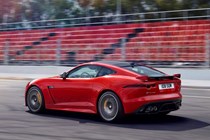
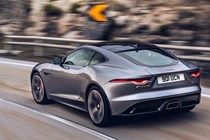
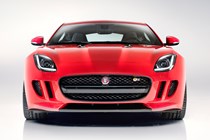
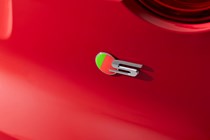
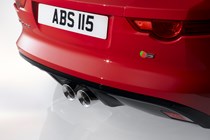
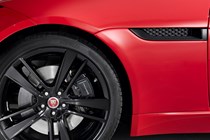
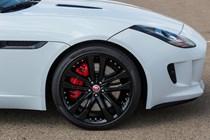
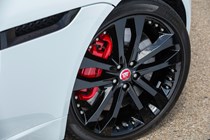
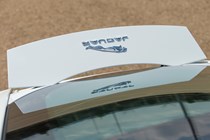
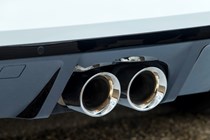
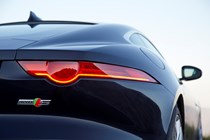
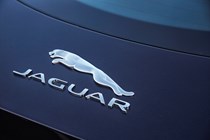
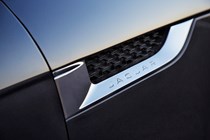
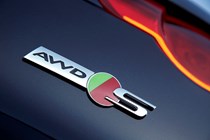
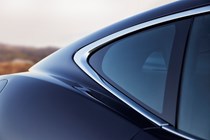
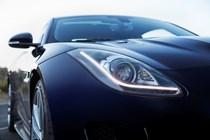
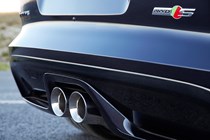
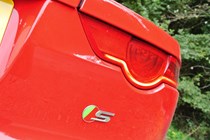
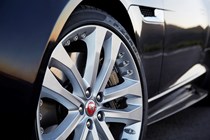
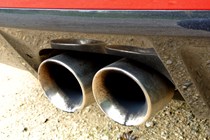
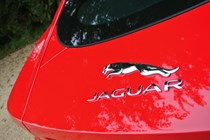
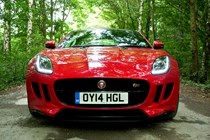
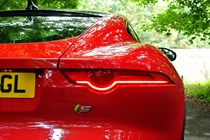
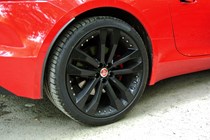
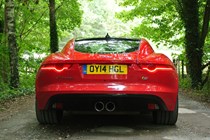
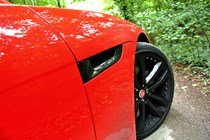
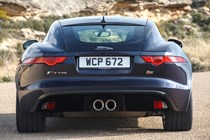
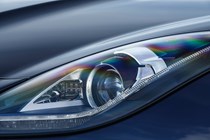
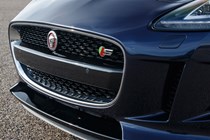
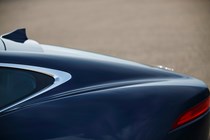
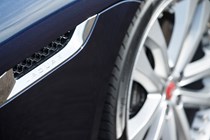
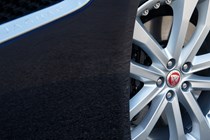
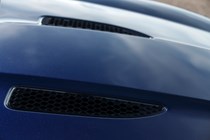
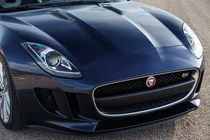
.jpg)
.jpg)
.jpg)
.jpg)
.jpg)
.jpg)
.jpg)
.jpg)
.jpg)
.jpg)
.jpg)
.jpg)
.jpg)
.jpg)
.jpg)
.jpg)
.jpg)
.jpg)
.jpg)
.jpg)
.jpg)
.jpg)
.jpg)
.jpg)
.jpg)
.jpg)
.jpg)
.jpg)
.jpg)
.jpg)
.jpg)
.jpg)
.jpg)
.jpg)
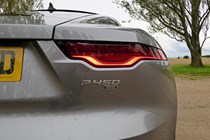
.jpg)
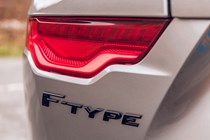
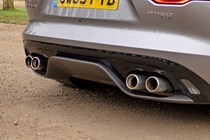
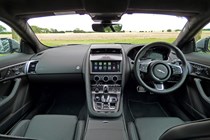
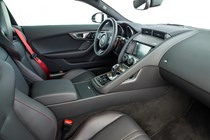
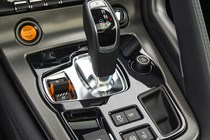
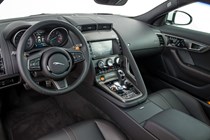
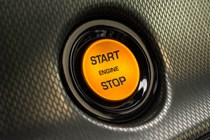
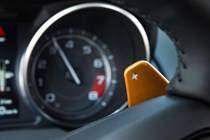
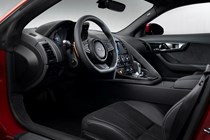
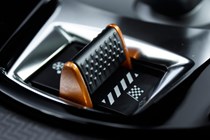
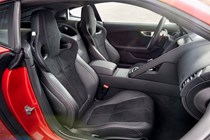

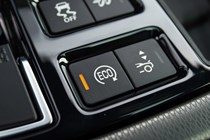
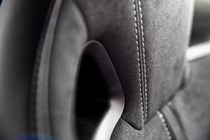
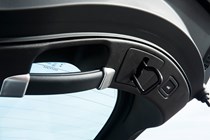
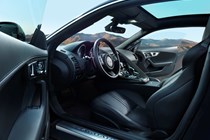
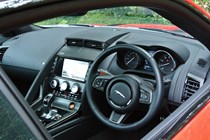
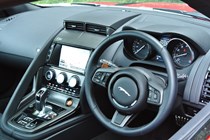
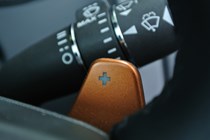
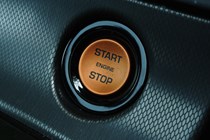
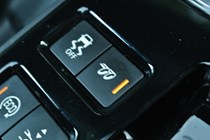
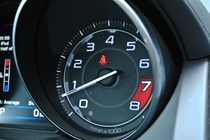
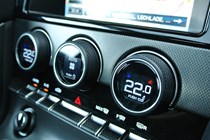
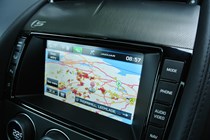
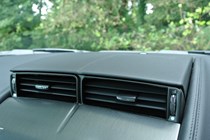
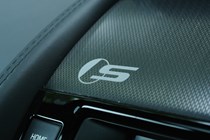
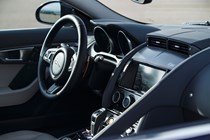
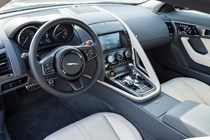
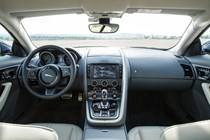
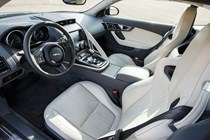
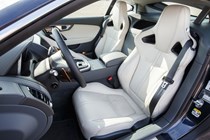
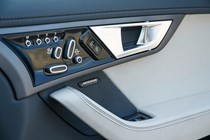
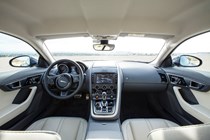
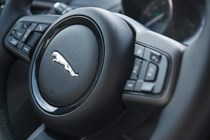
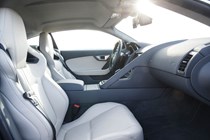
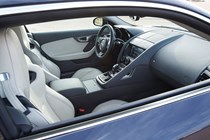
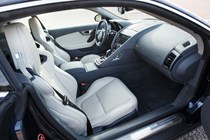
.jpg)
.jpg)
.jpg)
.jpg)
.jpg)
.jpg)
.jpg)
.jpg)
.jpg)
.jpg)
.jpg)
.jpg)
.jpg)
.jpg)
.jpg)
.jpg)
.jpg)
.jpg)
.jpg)
.jpg)
.jpg)
.jpg)
.jpg)
.jpg)
.jpg)
.jpg)
.jpg)
.jpg)
.jpg)
.jpg)
.jpg)
.jpg)
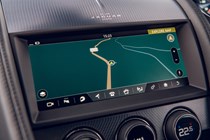
.jpg)
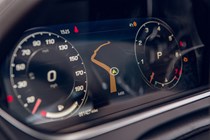
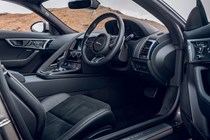
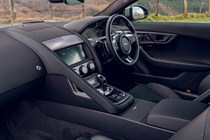
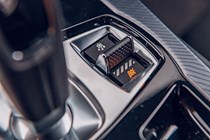
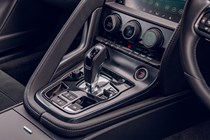
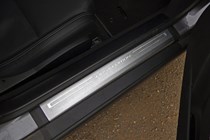
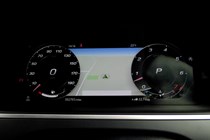
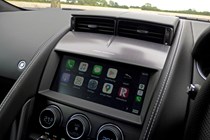
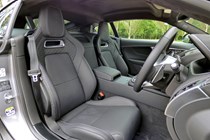

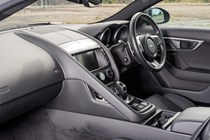
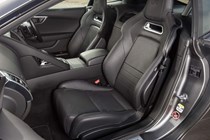
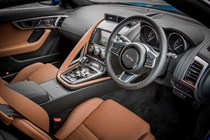

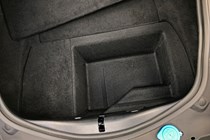
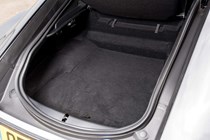
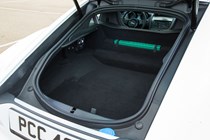
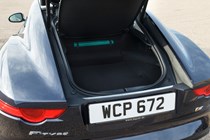
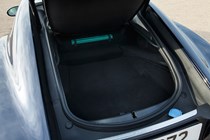
.jpg)
.jpg)
.jpg)
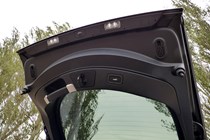
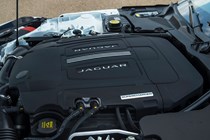
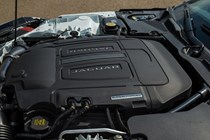
.jpg)
.jpg)
.jpg)
.jpg)
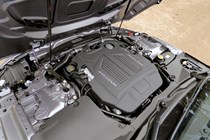
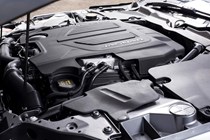







.jpg?quality=50)
.jpg?quality=50)
.jpg?quality=50)
.jpg?quality=50)
.jpg?quality=50)
.jpg?quality=50)
.jpg?quality=50)
.jpg?quality=50)
.jpg?quality=50)
.jpg?quality=50)
.jpg?quality=50)
.jpg?quality=50)
.jpg?quality=50)
.jpg?quality=50)
.jpg?quality=50)
.jpg?quality=50)
.jpg?quality=50)
.jpg?quality=50)
.jpg?quality=50)
.jpg?quality=50)
.jpg?quality=50)

.jpg?quality=50)
.jpg?quality=50)



























.jpg?quality=50)
.jpg?quality=50)
.jpg?quality=50)








































.jpg?quality=50)
.jpg?quality=50)
.jpg?quality=50)
.jpg?quality=50)
.jpg?quality=50)
.jpg?quality=50)
.jpg?quality=50)
.jpg?quality=50)
.jpg?quality=50)
.jpg?quality=50)
.jpg?quality=50)
.jpg?quality=50)
.jpg?quality=50)
.jpg?quality=50)
.jpg?quality=50)
.jpg?quality=50)
.jpg?quality=50)
.jpg?quality=50)
.jpg?quality=50)
.jpg?quality=50)
.jpg?quality=50)
.jpg?quality=50)
.jpg?quality=50)
.jpg?quality=50)
.jpg?quality=50)
.jpg?quality=50)
.jpg?quality=50)
.jpg?quality=50)
.jpg?quality=50)
.jpg?quality=50)
.jpg?quality=50)
.jpg?quality=50)
.jpg?quality=50)
.jpg?quality=50)

.jpg?quality=50)





































.jpg?quality=50)
.jpg?quality=50)
.jpg?quality=50)
.jpg?quality=50)
.jpg?quality=50)
.jpg?quality=50)
.jpg?quality=50)
.jpg?quality=50)
.jpg?quality=50)
.jpg?quality=50)
.jpg?quality=50)
.jpg?quality=50)
.jpg?quality=50)
.jpg?quality=50)
.jpg?quality=50)
.jpg?quality=50)
.jpg?quality=50)
.jpg?quality=50)
.jpg?quality=50)
.jpg?quality=50)
.jpg?quality=50)
.jpg?quality=50)
.jpg?quality=50)
.jpg?quality=50)
.jpg?quality=50)
.jpg?quality=50)
.jpg?quality=50)
.jpg?quality=50)
.jpg?quality=50)
.jpg?quality=50)
.jpg?quality=50)
.jpg?quality=50)

.jpg?quality=50)



















.jpg?quality=50)
.jpg?quality=50)
.jpg?quality=50)



.jpg?quality=50)
.jpg?quality=50)
.jpg?quality=50)
.jpg?quality=50)

